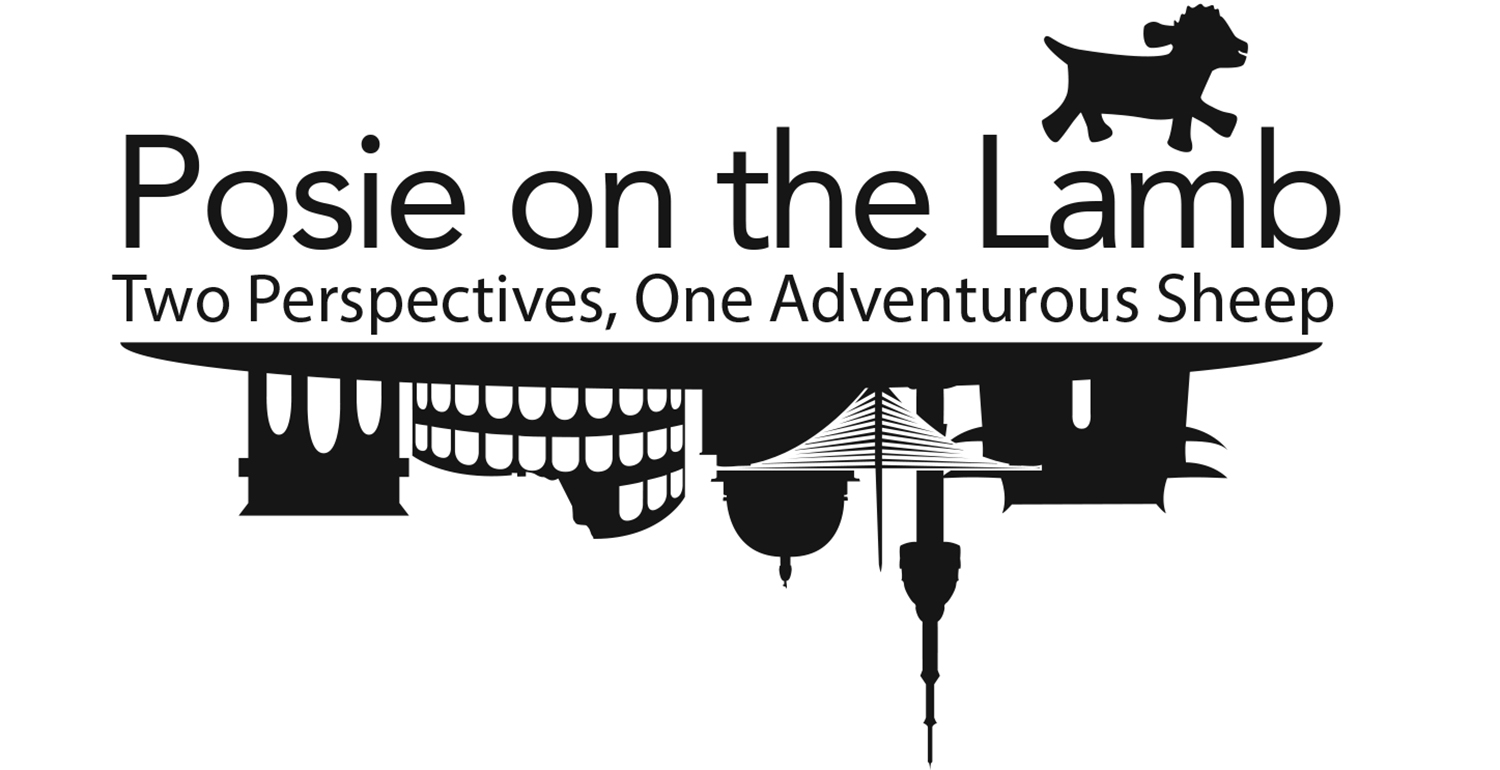Walking to Work

Another cluster of high schoolers sees me coming and crosses to the other side of the street. It’s hard not to take this personally. Maybe they just don’t like my haircut. It is a terrible haircut. I look like a sheep caught in a lawnmower. But I wave, just to freak the kids out. They scurry away, heads down. I’m starting to appreciate what Sam deals with. To be honest, I’d forgotten what it felt like to be a foreigner in Chungju.
Before this semester I was rarely on the streets. An hour or so each day I sat in carpools, commuting between various rural nowheres, schools of 25-100 kids each. After three years, no one out there stared at me anymore. But this semester I have a new, downtown school. The buses are packed solid in the mornings, so I walk. It’s forty-five minutes from doorstep to playground, and it gives me a chance to see the city. And for the city to see me.
First I hit The Hill. Korea doesn’t mess around with inclines. I go downhill in the morning, which is a relief. For half the slope I’m in a pack of high school girls. They poke each other, gape, then scurry away down an alley, craning back over their shoulders.
The cement sidewalk turns to sand. A few weeks ago jackhammers tore up the old pavement. They’ve yet to lay new blocks. Crumpled ajummas open their gates to dump waste water, then shuffle back inside. In the winter this turns the sidewalks into ice rinks—now it’s making a mud bath.
After a few blocks my road becomes a clean, wide swath of cobblestones. Ribbed yellow tiles run down the center, a courtesy for the blind. I pass a man with aviators and a white cane, standing on a corner with his face to the sky as though out sunning himself. He’s got a mask to protect against the dust that spring carries in from the Gobi Desert.
The houses hide behind concrete walls, each broken by an ornate metal gate. Wedged between them are vegetable gardens, only one or two rows wide, crammed wherever there’s no cement. Some of the houses have traditional roofs, tiled in blue or orange. The rest have flat terraces, with canvas stretched above. That's where red pepper paste and fermented soy is stored in massive clay pots.
I peek over a garden wall and find a tiny traditional house, with shiny tiles on the roof. The garden holds flowers instead of vegetables. There’s a magnolia tree, its white, waxy flowers already opening, and a cherry tree just beginning to blossom.
My road crosses the river near a boy’s school. They cluster at the pedestrian crossings in their mussed suits, black-framed glasses weighing down their faces. This afternoon they’ll have woken up enough to be bold, shouting English as I pass. Just now I startle them. They blink confusedly and scatter.
After the river, the street is lined with restaurants. Shoebox shops offer fried chicken, waffles, and kimbap. Some don’t even have doors, but take orders through the window. Others have grown up in old shipping containers. A flock of old men sit at a snack stand, watching the street. They’ll still be there when I walk home. Their heads swivel as I pass, then cluster together to gossip.
At a small grocery I turn the corner and get stuck in traffic. My elementary school holds a thousand students, so the sidewalks are clogged. This neighborhood feels dusty and lived-in. The buildings crowd together, but none are more than a few stories high. The glossiest piece of architecture is the school, with its immaculate soccer green.
Immediately inside the gate I’m surrounded. These children are in no way shy of the foreign teacher. My hands are grabbed, pockets examined. The same questions come again and again: How are you? What’s your name? How’s the weather? Where are you from?
And then the flattery. Oh, Teacher, beautiful. I love you. Very pretty.
Call me a cynic, but I question the sincerity of all this delight.
A pair of sixth grade girls sidles up beside me. The tall one pokes the short one until she speaks.
“Teacher, hair is beautiful,” she says, hands cupped together in a heart.
Yes. Clearly untrustworthy.
-Erin
